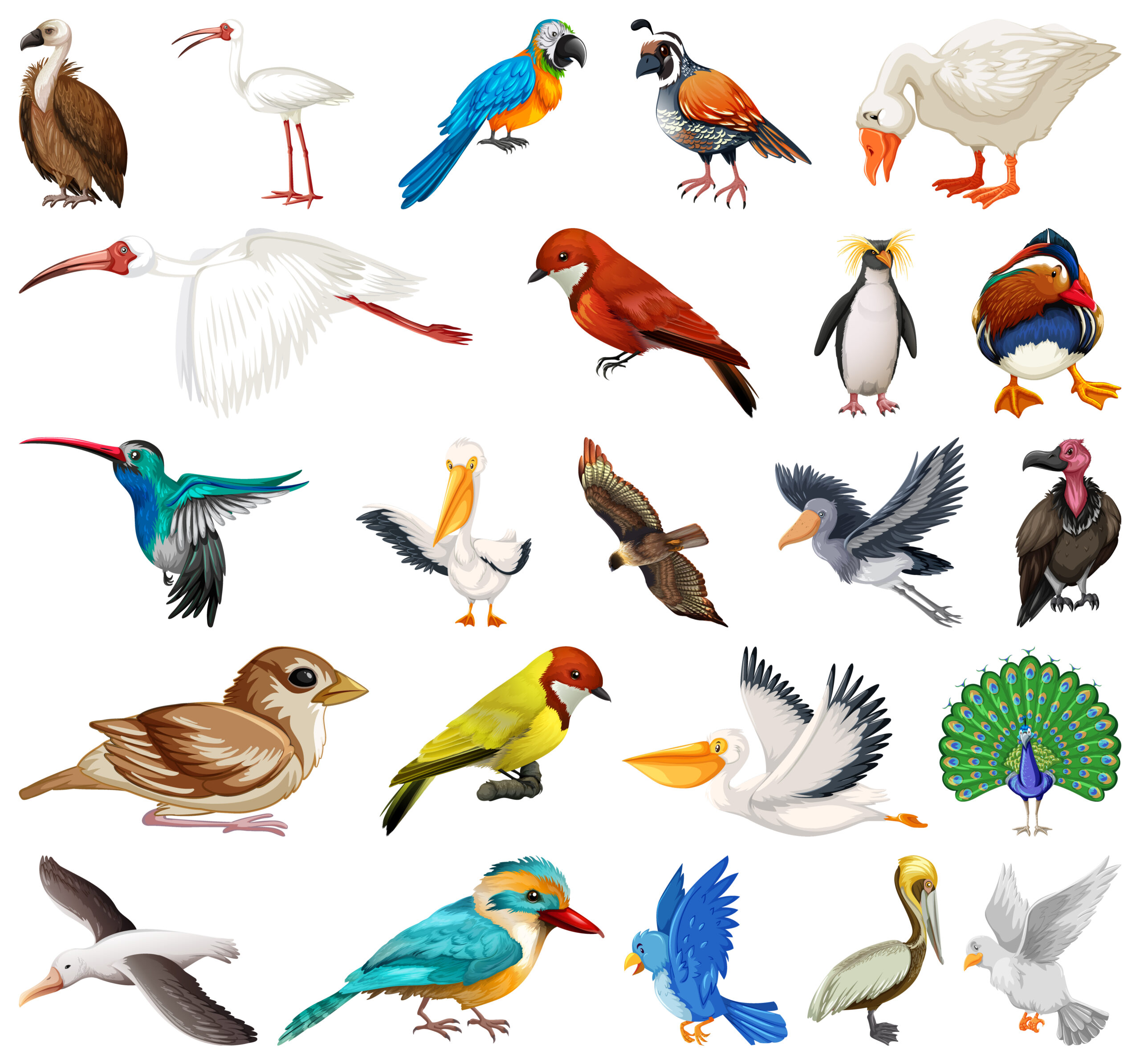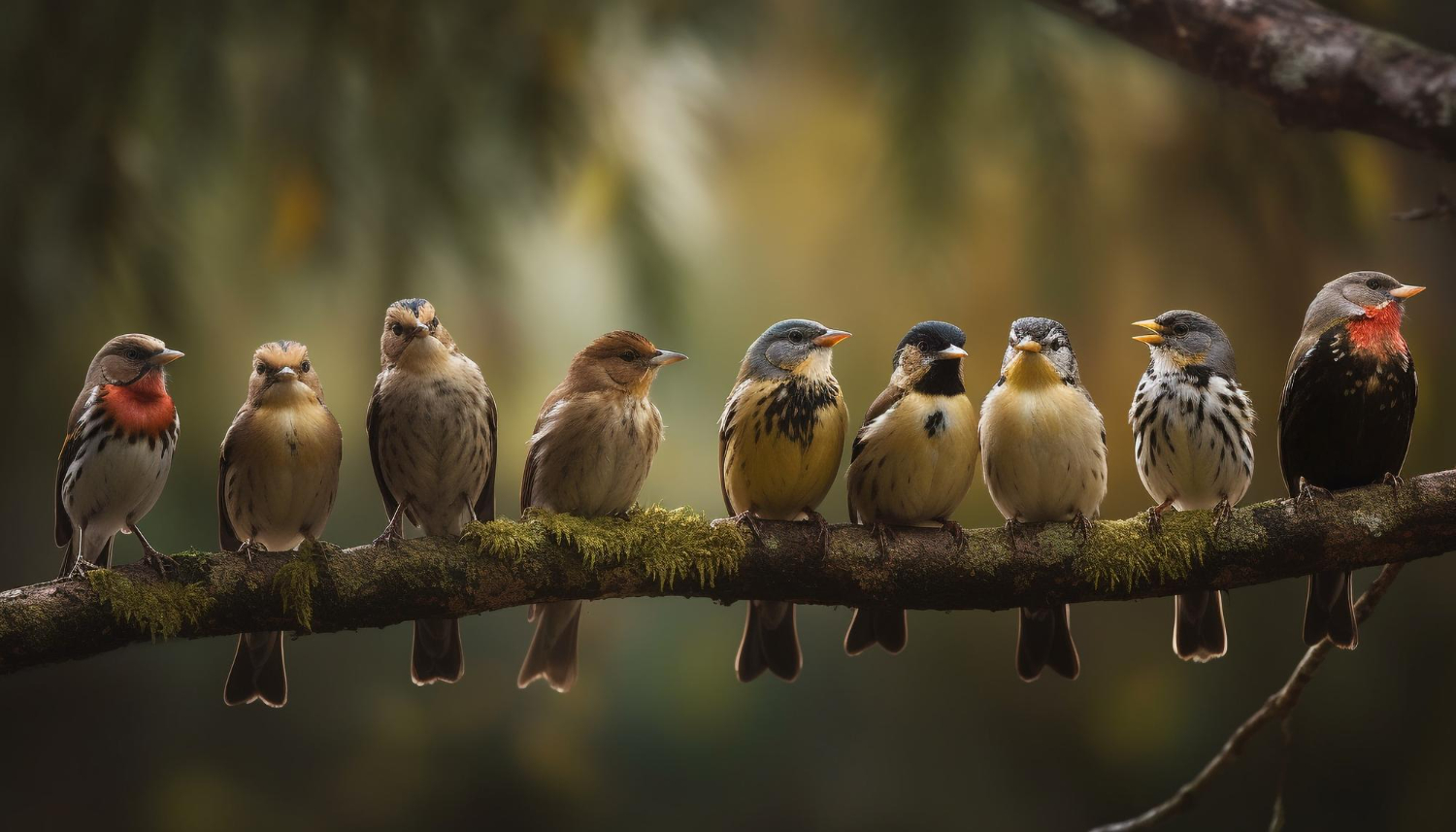When we think of grace and elegance in nature, one bird often stands out: the egret. These stunning creatures, with their long necks, slender legs, and pure white feathers, have captivated the hearts of bird enthusiasts and nature lovers for generations. In 2025, Egret Birds continue to be a symbol of beauty and a reminder of the intricate balance in our ecosystems.
A Quick Introduction to Egret Birds
Egret Bird are a type of heron known for their striking appearance and ability to adapt to various habitats. Found across the globe, these birds are often spotted in wetlands, marshes, and coastal areas. Their distinctive white plumage and graceful movements make them easy to identify and a favorite among wildlife photographers. In 2025, these birds are not just admired for their beauty but also recognized for their important role in the environment.
Why Egret Birds Are So Special
The beauty of Egret Birds is not just skin deep. These birds play a critical role in their ecosystems. By feeding on fish, insects, and small amphibians, they help maintain a healthy balance in aquatic environments. Their presence often indicates the health of a wetland, as they thrive in areas with clean water and abundant food sources.
Moreover, Egret Birds have a fascinating history. In the late 19th and early 20th centuries, they were hunted almost to extinction for their feathers, which were used in fashionable hats. Thanks to conservation efforts, their populations have rebounded, and today, they serve as a reminder of how human actions can both harm and heal the natural world.
Where to Spot Egret Birds in 2025
If you’re looking to catch a glimpse of Egret Birds, you’re in luck. These birds are widespread and can be found on nearly every continent. Here are some of the best places to spot them in 2025:
- Wetlands in North America: The Everglades in Florida and the Chesapeake Bay are prime locations for observing Egret Birds. These areas are home to large populations, particularly during the breeding season.
- Asia’s Coastal Regions: Countries like India, Japan, and China are home to various species of egrets. Mangroves and riverbanks in these regions are often bustling with their activity.
- African Wetlands: The Nile River and other wetlands across Africa are teeming with Egret Birds. These areas provide the perfect habitat for them to thrive.
- European Countryside: In Europe, Egret Birds are frequently seen in countries like Spain and Italy. Protected reserves and nature parks in these regions are ideal for birdwatching.
- Australia’s Coastal Areas: In Australia, the Great Barrier Reef and surrounding wetlands are excellent spots for observing these majestic birds.
Behavior and Characteristics of Egret Birds
One of the most enchanting aspects of Egret Birds is their behavior. They are known for their slow, deliberate movements as they wade through water in search of food. Watching them hunt is a mesmerizing experience. They often stand motionless, waiting for the perfect moment to strike, showcasing both patience and precision.
Egret Birds are also highly social creatures. During the breeding season, they gather in large colonies, known as rookeries. These colonies are bustling with activity as the birds build nests, court mates, and raise their young. The sight of a rookery filled with egrets is truly breathtaking.
Conservation Efforts and Challenges
While Egret Birds have made a remarkable recovery since the days of the feather trade, they still face challenges. Habitat loss due to urbanization and climate change poses a significant threat to their populations. Wetlands, which are critical to their survival, are being drained or polluted at an alarming rate.
In 2025, conservationists are working tirelessly to protect these birds. Organizations around the world are focusing on preserving wetlands and raising awareness about the importance of these habitats. Efforts such as reforestation, wetland restoration, and pollution control are all helping to ensure that Egret Birds continue to thrive.
Interesting Facts About Egret Birds
To truly appreciate the beauty of Egret Birds, here are some fascinating facts about them:
- Feather Color: While most people associate egrets with white feathers, some species, like the reddish egret, have strikingly different colors.
- Mating Displays: During the breeding season, male egrets perform elaborate courtship displays, often puffing up their feathers to impress potential mates.
- Lifespan: In the wild, Egret Birds can live up to 15 years, though their lifespan can be longer in protected environments.
- Migration Patterns: Many species of egrets migrate seasonally, traveling thousands of miles to find suitable breeding or feeding grounds.
- Symbolism: In various cultures, egrets are seen as symbols of purity, grace, and resilience.
How to Help Egret Birds in 2025
If you want to contribute to the well-being of Egret Birds, here are some simple steps you can take:
- Support Conservation Efforts: Donate to organizations that work to protect wetlands and other critical habitats.
- Reduce Pollution: Avoid using single-use plastics and dispose of waste responsibly to keep waterways clean.
- Educate Others: Share information about Egret Birds and their importance in maintaining ecological balance.
- Participate in Citizen Science: Join birdwatching groups and report sightings to help researchers track egret populations.
- Advocate for Policy Changes: Encourage local governments to implement policies that protect natural habitats.
Why Egret Birds Matter in 2025
In a world facing numerous environmental challenges, Egret Birds are a beacon of hope. Their presence reminds us of the beauty and resilience of nature. By protecting these birds and their habitats, we are also safeguarding the countless other species that share their ecosystems.
As we move forward in 2025, let’s take a moment to appreciate the majesty of Egret Birds and commit to preserving the natural world for future generations. Whether you’re a seasoned birdwatcher or someone just starting to explore the wonders of nature, these birds offer endless inspiration and joy.
Final Thoughts
Egret Birds are more than just a beautiful sight; they are a vital part of our planet’s ecosystems. Their grace and elegance have inspired art, poetry, and conservation efforts for centuries. In 2025, let’s celebrate these majestic birds and work together to ensure they continue to thrive.
So, the next time you see an egret wading through a serene wetland or flying gracefully across the sky, take a moment to admire its beauty and reflect on the important role it plays in nature. The story of Egret Birds is a testament to the power of conservation and the enduring splendor of the natural world.



